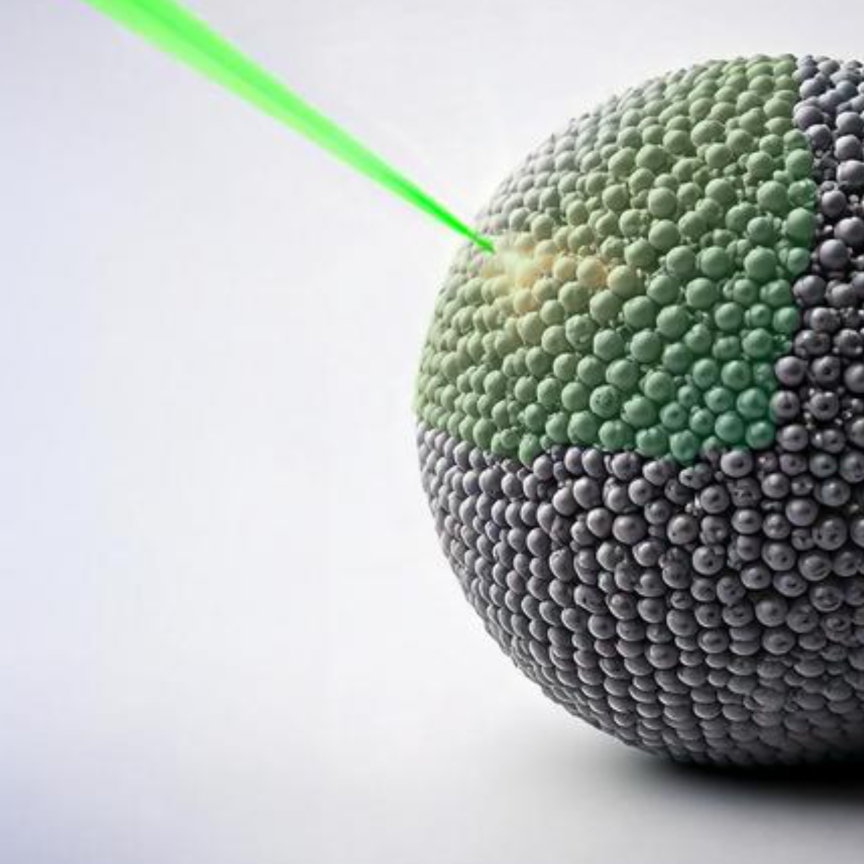Using terahertz technology, engineers have been able to investigate the operating frequencies within semiconductor lasers for the first time. Their results will underpin the future development of semiconductor lasers, including those used in public and private sector-owned telecommunications systems.
For many years, it has been predicted that operating frequencies within semiconductor lasers stabilise on a timescale of a few nanoseconds (ie a few billionths of a second) and can be changed within a few hundreds of picoseconds (ie thousandths of a nanosecond).
However, until now, no detector has been capable of measuring and proving this precisely, according to the research team from the University of Leeds in the UK, and the best results have only been achieved on nanosecond timescales, which are too slow to allow really efficient analysis or to be used to develop the most effective new systems.
University of Leeds researchers, working with international colleagues at École Normal Supérieure in Paris and the University of Queensland in Brisbane, have now used terahertz frequency quantum cascade lasers and terahertz time-domain spectroscopy to understand this laser stabilisation process.
The terahertz-powered technology can measure the wavelength of light in periods of femtoseconds, giving unprecedented levels of detail. By knowing the speed at which wavelengths change within lasers, and what happens during that process within miniscule time frames, more efficient devices and systems can be built.
'We’ve exploited the ultrafast detection capabilities of terahertz technology to watch laser emissions evolve from multiple colours to a single wavelength over less than a billionth of a second,' commented Dr Iman Kundu, from the School of Electronic and Electrical Engineering, and principal author of the paper.
'Now that we can see the detailed emission of the lasers over such incredibly small time frames, we can see how the wavelength of light changes as one moves from one steady state to a new steady state.' he continued.
'The benefits for commercial systems designers are potentially significant. Terahertz technology isn’t available to many sectors, but we believe its value lies in being able to highlight trends and explain the detailed operation of integrated photonic devices, which are used in complex imaging systems which might be found in the pharmaceutical or electronics sectors. Designers can then apply these findings to lasers operating at different parts of the electromagnetic spectrum, as the underlying physics will be very similar.'

